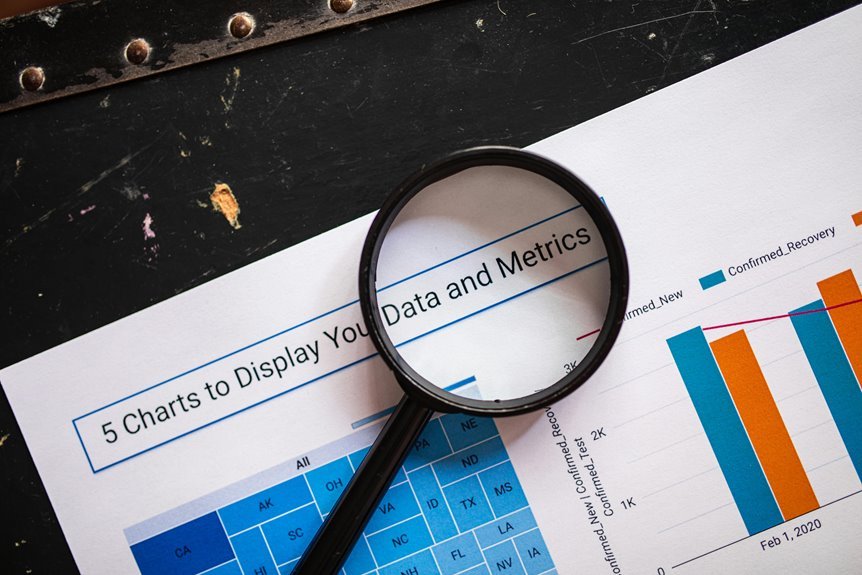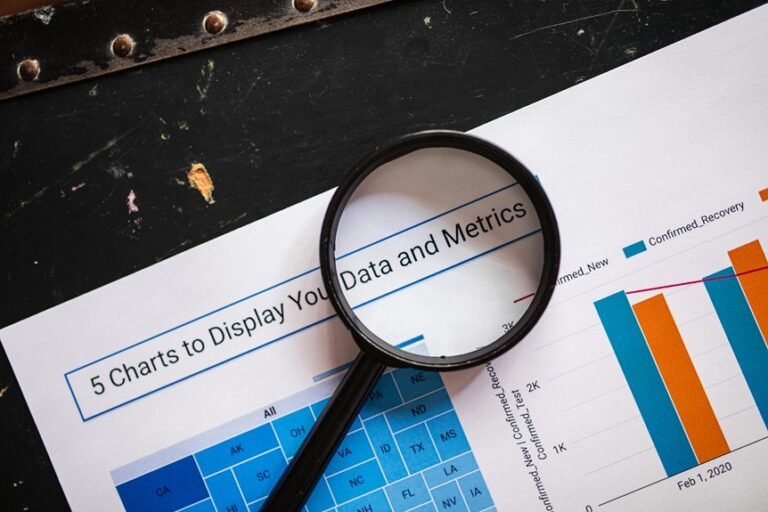Exploring 914-240-1783 in Data Analytics
The analysis of phone number 914-240-1783 through data analytics reveals significant communication patterns. By examining call frequency and duration, insights into user behavior become apparent. This information has practical applications for businesses in marketing and customer segmentation. Additionally, it plays a crucial role in enhancing fraud detection measures. These findings raise questions about the broader implications of such data analytics, particularly in optimizing user engagement and security.
Uncovering Patterns: The Data Behind 914-240-1783
How can the analysis of the phone number 914-240-1783 reveal significant patterns in data usage and communication trends?
By employing data visualization techniques and pattern recognition methods, analysts can extract insights regarding call frequency, duration, and peak usage times.
This approach fosters a deeper understanding of user behavior, enabling individuals to exercise their freedom through informed communication choices while identifying relational dynamics within the data.
Business Applications: Leveraging Insights From Phone Numbers
The insights gained from analyzing phone number 914-240-1783 extend beyond individual user behavior and into the realm of business applications.
By leveraging this data, companies can enhance customer segmentation, allowing for tailored marketing strategies.
Understanding patterns in phone interactions enables businesses to refine outreach efforts, optimize resource allocation, and ultimately drive engagement, ensuring a more effective connection with their target audience.
Enhancing Fraud Detection Through Data Analytics
While traditional methods of fraud detection often rely on static rules and historical data, incorporating data analytics significantly enhances the ability to identify suspicious activities associated with phone number 914-240-1783.
Data visualization tools enable analysts to discern patterns, facilitating proactive fraud prevention. By leveraging real-time analytics, organizations can swiftly adapt to emerging threats, ultimately improving overall security and safeguarding user autonomy.
Conclusion
In the grand theater of telecommunications, the analysis of 914-240-1783 reveals not only the intricacies of human connection but also the shadows lurking beneath. While businesses may rejoice in newfound insights, the irony lies in the fact that enhanced understanding also casts light on the potential for misuse. Thus, as organizations dance with data to engage users and deter fraud, they must remain vigilant, for every call made echoes with the dual potential of connection and deception.






